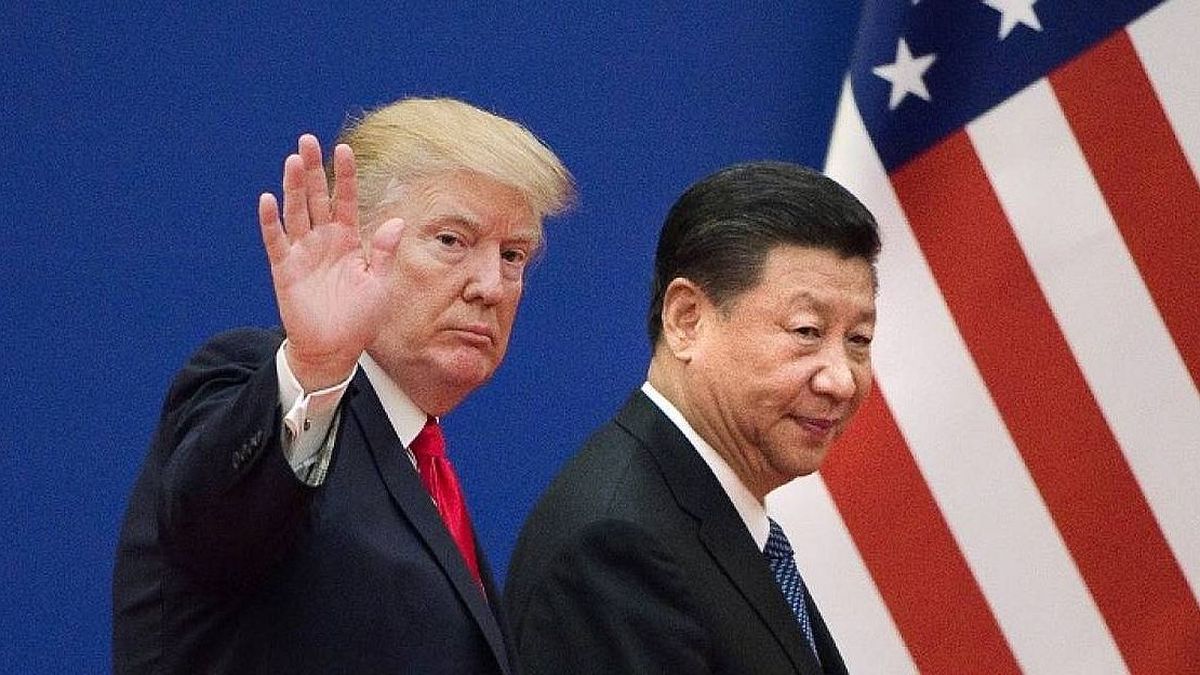Alternatives to the use of cash continue to gain popularity, driven by the elimination of the PAIS tax, which is positioned as an additional incentive to encourage foreign travel.
With a dollar ironed in Argentina, and the devaluation of the Brazilian reala notable increase in trips to Brazil is anticipated for this summer. Unlike other periods in which it was convenient to cover expenses abroad with a credit card, the reduction in the exchange gap and the high surcharges on Shopping with plastics boosted interest in alternative options.
The content you want to access is exclusive to subscribers.
Among them, one possibility is to acquire dollars in the financial marketwith the MEP dollar trading at $1,049.33. This option is better than using a credit card, whose current cost is around $1,600 per dollar. When purchasing dollars, one of the options in Brazil is to take the dollars and exchange them directly in that country.


How to pay in Brazil with virtual wallets
However, Brazil also has a culture developed in digital payments through the PIX system of immediate payments in Brazil. It is a network managed by the Central Bank of that country, which allows immediate accreditations and is widely accepted. Users can use it through an alias or through QR codes.
The PIX payment system has 90% acceptance in businesses and moved a volume of $2.1 trillion in 2022, even exceeding the country’s GDP, added to the fact that more than 200 million QR payments are processed per day in the neighboring country . According to the study “Carat Insights – Payment Means Trends for 2023”, more than 86% of the Brazilian population prefer to use PIX. Furthermore, it represents the 29% of total payment operations in the country.
Other fintechs that bet on a solution for Argentines traveling to Brazil is the case of Belo and DePay. In the first case, stablecoins are used while in the second case, it is promoted to connect the payment systems not only in Brazil, but also in other Latin American countries.
dollar-tourist-tourism.jpg

The elimination of the PAIS tax will make the tourist dollar cheaper but it will still be more convenient to buy dollars on the market
Depositphotos
What will happen to the tourist dollar?
It is not yet known what will happen to the so-called tourist dollar, which is currently around $1,640 and, as of January, without the COUNTRY Tax, would drop to $1,300.
This means that, for example, starting in January, without the COUNTRY Tax, it will be convenient—just like now— pay for purchases in foreign currency with dollars purchased at $1,100 in the MEP or in a cave (blue dollar) than with the credit card because, in the latter case, you would pay a dollar more, $1,300.
By eliminating the PAIS Tax, the so-called “tourist dollar” will be cheaper. This could increase the expenses of Argentines abroad and generate a greater deficit in the exchange account (the balance of dollars that enters and leaves the country).
Therefore, to pay costs more economically, it is advisable to buy dollars from the MEP and pay for all consumption in the same currency and avoid pesos.
Source: Ambito
I am an author and journalist who has worked in the entertainment industry for over a decade. I currently work as a news editor at a major news website, and my focus is on covering the latest trends in entertainment. I also write occasional pieces for other outlets, and have authored two books about the entertainment industry.




